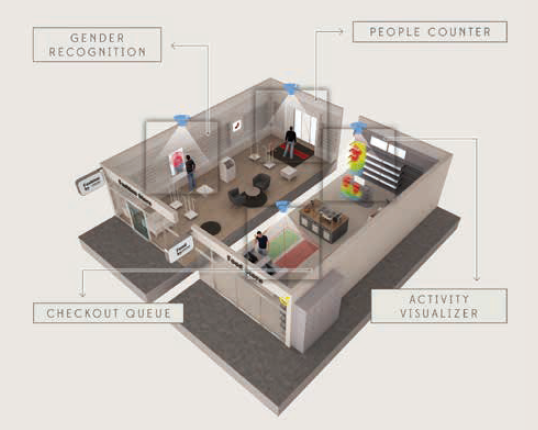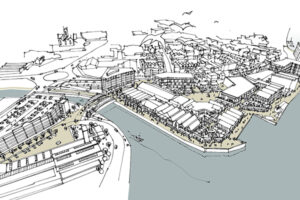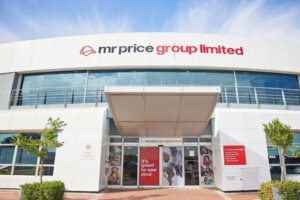The company presented its Smart Tracking analysis solution at EuroShop 2017 and received Gold in the Top Product Award for it. ACROSS asked Division Manager Bernd Albl and smart tracking expert Ludwig Rockinger some questions on the topic.
ACROSS: In general, what’s your take on the role of Smart Tracking analysis in today’s retail real estate landscape?

BERND ALBL: Modern Customer Tracking analyses today do more than just analyze the movement of customers at the point of sale to optimize efficiency.
Umdasch Shopfitting’s Smart Tracking analysis offers numerous tools to improve understanding of customer behavior, optimize spatial organization, improve service quality, and allow operators and retailers to stand out from the competition by investigating customer movements in a mall or individual store.
In addition, the solutions include full security camera monitoring for the areas where they are used. Its customer tracking analysis thus combines classic security monitoring with important insights about consumers.
ACROSS: How long has Umdasch Shopfitting been involved in Smart Tracking and why?
ALBL: Umdasch Shopfitting founded its own “Digital Retail” division three years ago. It cleverly brings together classic shop fitting with digital solutions at the point of sale.
Our Digital Retail pioneers implement these solutions using a deep understanding of technical possibilities and their potential uses, whether it’s digital signage, electronic shelf labeling, interactive applications, or smart tracking.
ACROSS: What is your product? What tools does it include?

LUDWIG ROCKINGER: Four important areas in addition to video surveillance can be covered with Smart Tracking. The People Counter determines when and how many customers enter a store, a mall or single areas of it.
Gender Recognition analyzes the age and sex of the clientele. The Checkout Queue tool not only enables efficient line management at service counters and checkouts, but provides the basic technology for reducing waiting times in service areas to increase service quality.
The Activity Visualizer tells us where the customer’s movements in the store took place and supplys further information about strategic product placement and for optimizing the sales area.
ACROSS: What lessons about shops and malls has this uncovered?
ALBL: Stores can find out if targeted visual merchandising actions like focal points, highlight zones, and secondary placements are attracting customers.
Smart Tracking allows shopping malls easily to analyze how many customers enter a mall through which entrances and where they go from there. This is used to generate insights into visitor flows and discover why some places enjoy higher footfall than others.
ACROSS: How is the multitude of collected data evaluated?
ROCKINGER: Our team in Linz includes several experienced software developers in addition to our project managers. We sometimes create solutions for a given location and customize them for our customers’ needs.
We even write some software programs from scratch. This allows the precise evaluations customers desire on the “meta-level” (i.e. without personally identifiable information) to be performed at any time.
The collected data can be displayed clearly and graphically on a dashboard accessible from anywhere via the web. If required, we can also create another form of presentation.
ACROSS: What will the shops and shopping centers of the future look like? What services and points decide whether they are successful?
ALBL: Digital shop fitting enables electronic and stationary channels to be linked. It is important to bring customers back to the store and increase Smart Tracking at the point of sale. Retailers and shop fitters have to turn stores into emotional experiences.
To do this, customers must be integrated into the store’s world. Store visits need to be fun and memorable—and they must skillfully combine the advantages of online and offline shopping.
At the recently held world trade fair for retail investments (EuroShop) in Dusseldorf, three main demand trends clearly emerged: Progressive retail digitalization, customized omni-channel solutions, and the emotionalization of the shopping experience in-store.

ACROSS: How does the installation of the necessary Customer Tracking analysis equipment work? What is the approximate cost?
ROCKINGER: The solutions for customer footfall analysis can be installed when a new mall or store opens or they can be retrofitted. We define the analysis requirements with the customer in advance, determine the local conditions, and adapt the software to the customer’s requirements.
Stores’ existing camera systems can sometimes be used, thus reducing installation costs. The cost depends on the size of the monitored area and the analysis requirements and is similar to the range involved in classic video surveillance.





